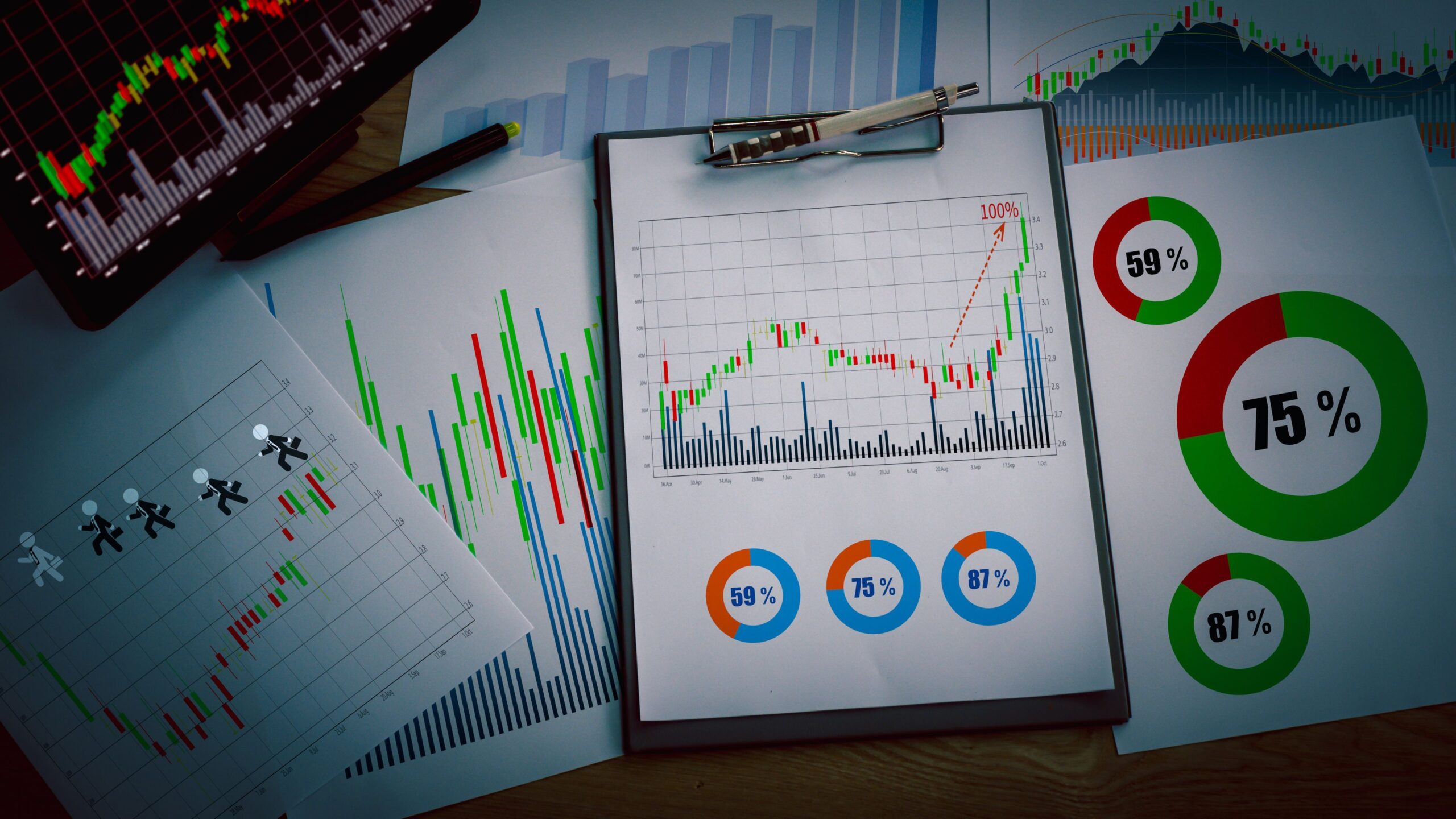The higher levels of market volatility create extreme obstacles for Forex Trading operations. Prices within the Forex market alter with unexpected suddenness and speed. Changes in price volatility during markets generate big profitable opportunities along with major financial losses resulting in a need for all participants to develop risk management expertise. Risk management strategies implemented properly help traders preserve their capital when they pursue profitable investment opportunities. Risk management methods allow Forex traders to enhance their market uncertainty management which creates better confidence in unforeseen price fluctuations.
A solid risk management framework must include proper position sizing as a fundamental component. To determine their risk tolerance, traders need to establish what amount of capital they should use for each transaction. The standard trade risk limit in the financial sector advises that no single position should exceed 2% of the total investment funds. Traders who maintain this principle will survive several losing deals while protecting their investment capital so they can preserve market sustainability over time.
High market volatility creates a necessity for stop-loss orders which act as protective measures for traders’ financial holdings. The predefined trading orders will automatically trigger the trade’s closure if market movements force a trader’s position in an opposing direction to exceed their defined threshold. Traders need to position stop-loss orders effectively in Forex Trading since price fluctuations happen fast while these orders need to protect from risks while also allowing market movements. Stop-loss levels that are correctly placed protect traders from excessive losses without stopping profitable trades from safely developing in expected market environments.
Risk management strategy heavily depends on the usage of leverage when operating in volatile market environments. Leverage increases profit potential but also amplifies risk. With high leverage trades, any minor price changes will produce substantial effects on trading accounts. Market traders need to alter their leverage ratios according to market conditions because they should choose reduced leverage during volatile times to manage their risk exposure. Understanding leverage exposure allows traders to achieve investment stability and reduce risks by using proper moderation.
To perform effective risk management, one needs to master market conditions. Economic announcements, geopolitical tensions together with market sentiment changes drive most market directional changes. There is a strong correlation between news information and economic indicators for currency movements, so traders should study the news and adjust their strategy accordingly. Timely detection of rising market volatility helps traders create pre planned responses which minimizes unwanted financial losses.
A trading journal forms a necessary element within a steel risk management strategy. A trading journal records entry and exit points, trade rationale, and outcomes. Regular evaluation of past trading results allows traders to locate strategy weaknesses in order to make required adaptations. The ongoing process of assessing performance helps Forex traders improve their risk management practice while building disciplinary skills that produce lasting market achievement.
Individuals must develop expertise in managing hazards inside markets demonstrating high levels of volatility in order to protect their capital along with achieving trading success. The core elements of effective risk control include ways to determine position size correctly and place stop-loss orders purposefully together with leverage use that aligns with risk tolerance. Trading success combined with uncertainty management becomes accessible to traders through market condition awareness combined with trading journal logging. Following consistent trading principles helps traders improve performance, adapt, and sustain profits in the Forex market.


